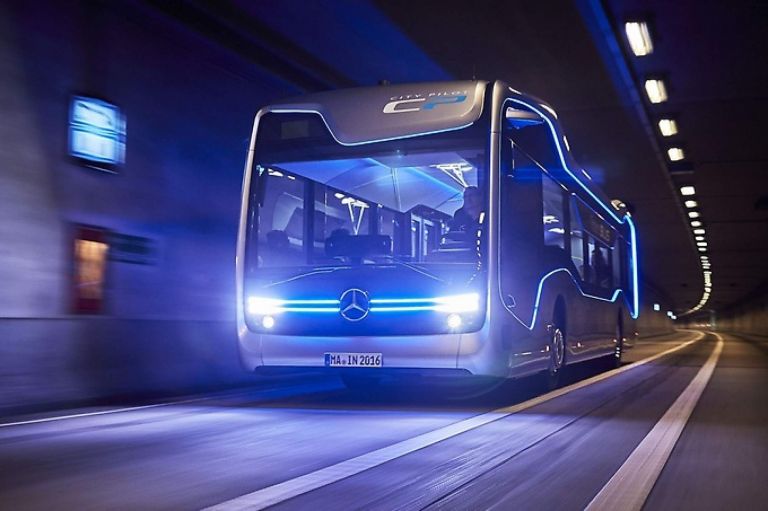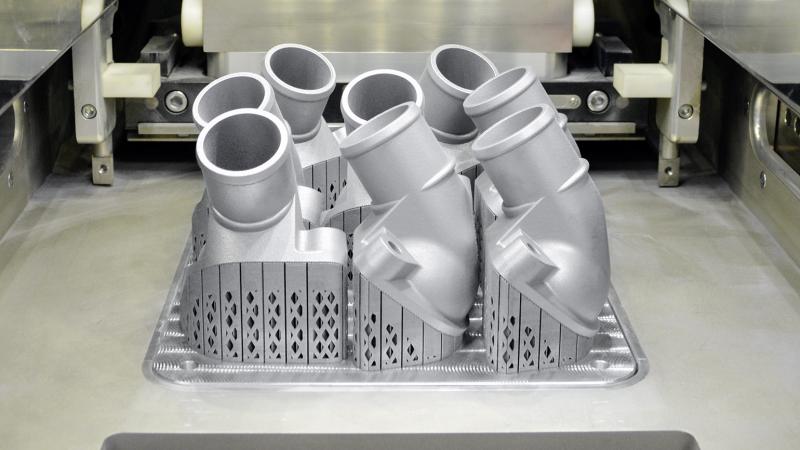3D Printing Industry is taking an in depth look at how additive manufacturing is moving to production. Over the coming weeks the results of interviews with industry leading practitioners will be published.
This article is part of a series examining Trends in Additive Manufacturing for End-Use Production.
Matthias Krust is Manager Global Business Communications Mercedes-Benz Cars Daimler AG.
Trends in Additive Manufacturing for end-use production at Daimler AG
3D printing technology has been used at Daimler for more than 25 years. We have a great deal of experience in all conventional methods of the so-called Additive Manufacturing.

At the Sindelfingen and Untertürkheim plants alone, about 100,000 parts are already produced by means of additive processes and delivered to the development department or our production facilities. The focus was so far on models, visual objects and production of prototypes, tools and equipment. As 3D printing includes great potential in prototype construction, we will expand this field even more. In the context of the passenger car production, the 3D printing technology is used to create tailor-made machinery and equipment such as adjustment and assembly aids for an optimal assembly process. At the same time, costs and weight can be reduced, compared to the traditionally manufactured equipment, thus improving for example ergonomics at the work place.

Also in the spare part business, for special customer requests or for classic vehicles, 3D printed parts are interesting. This applies especially if there is no longer any tool for conventional manufacturing processes or the tools are worn-out.
First plastic series components from additive manufacturing in the spare part business are used since 2016 for example in our commercial vehicle division in special-purpose vehicles such as the Unimog. In addition, 30 different spare parts for Mercedes-Benz trucks are approved and created for the plastic 3D printer. In the bus division, a variety of special customer requests are now being operated via additive production – the growth rates are enormous. Due to a significantly higher number of units in series production of the Mercedes-Benz passenger car division, additive processes have not been able to conquer this market.
Daimler presents additive manufacturing on a plate. Clip via Next Gen AM at EOS.
Large-scale production use of additive production methods is currently hampered by too little productivity. Because of limited installation space in the “printer”, the number of components to be manufactured per system is limited. Due to the structure in layers, the process usually takes several hours to days. In addition, the powdery resources are relatively expensive.
In the long term, through continuous processes and the increasing automation in the 3D-printing, there is a potential for large-scale production.
More information on how Daimler is working with Premium AEROTEC and EOS is available here.
This article is part of a series examining Trends in Additive Manufacturing for End-Use Production.
If you found this insight useful, then subscribe to our newsletter and follow us on social media.



